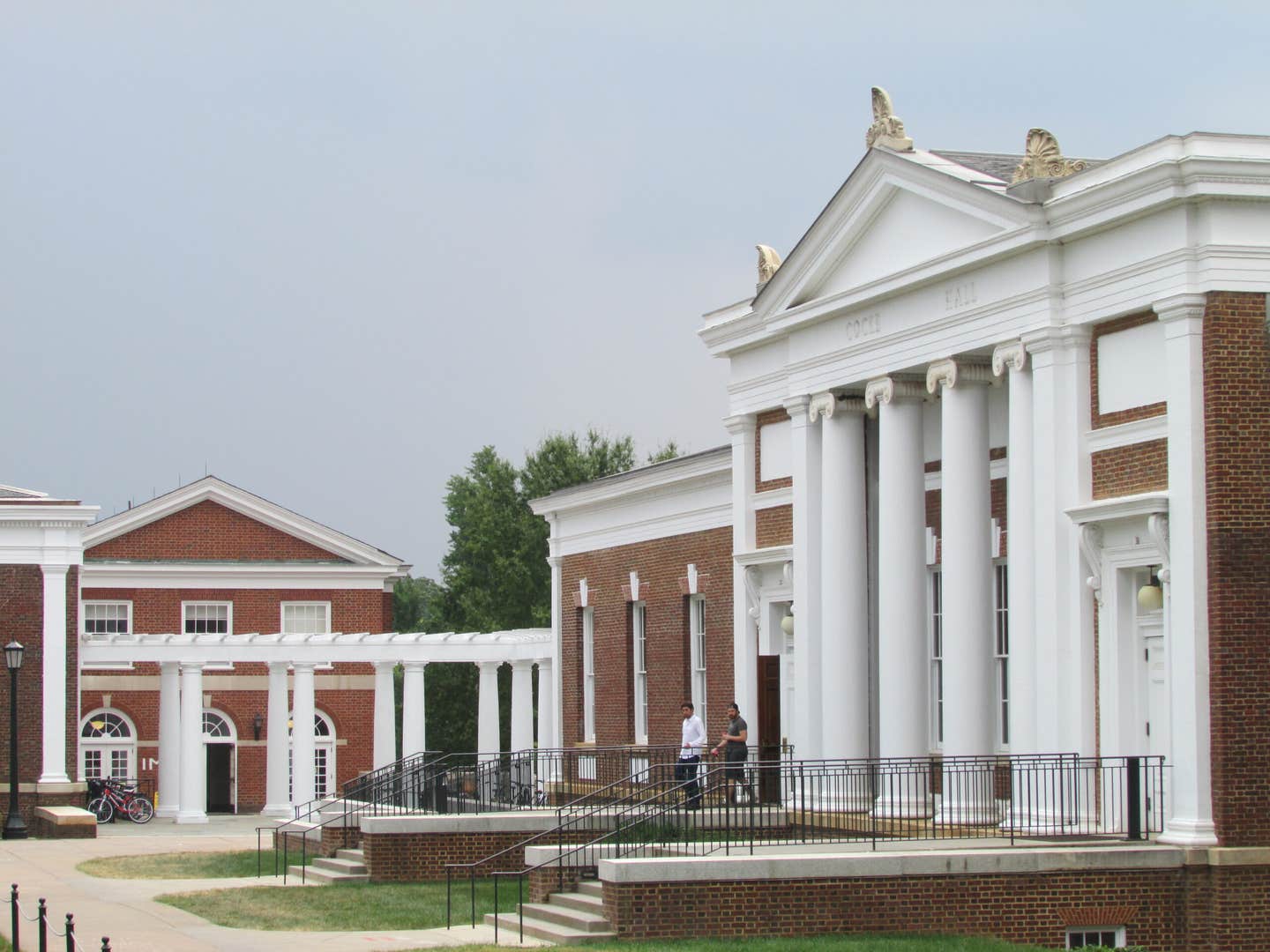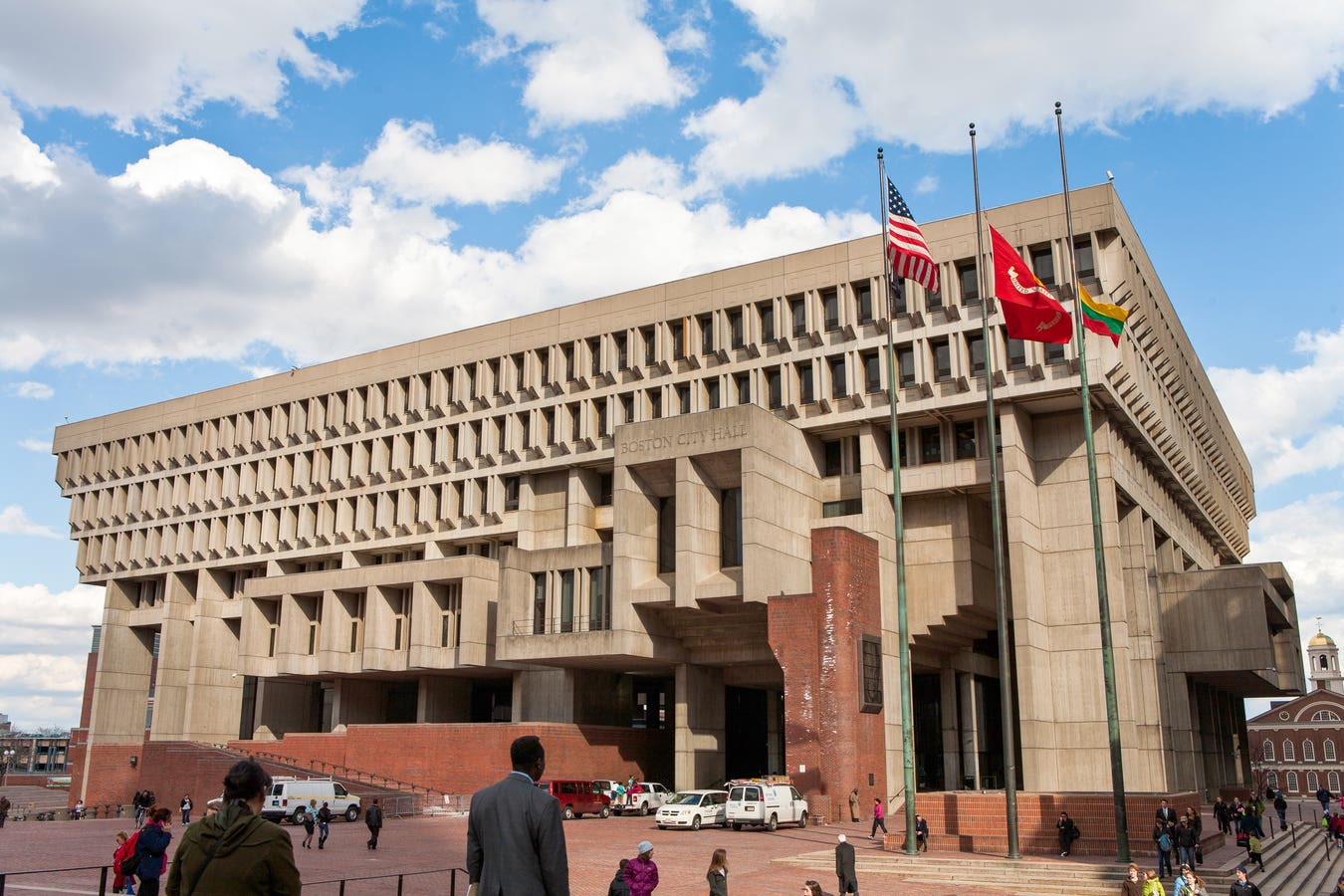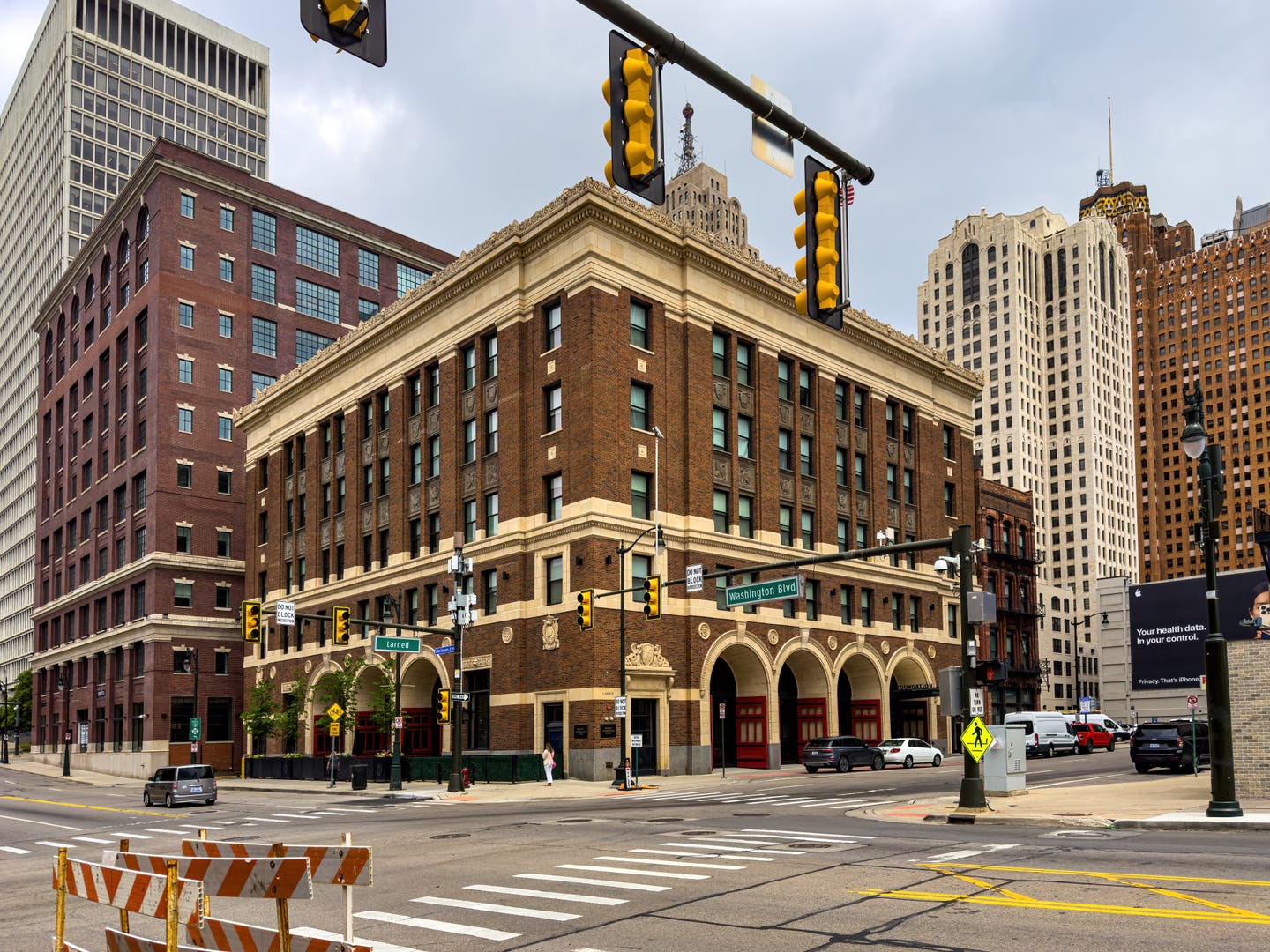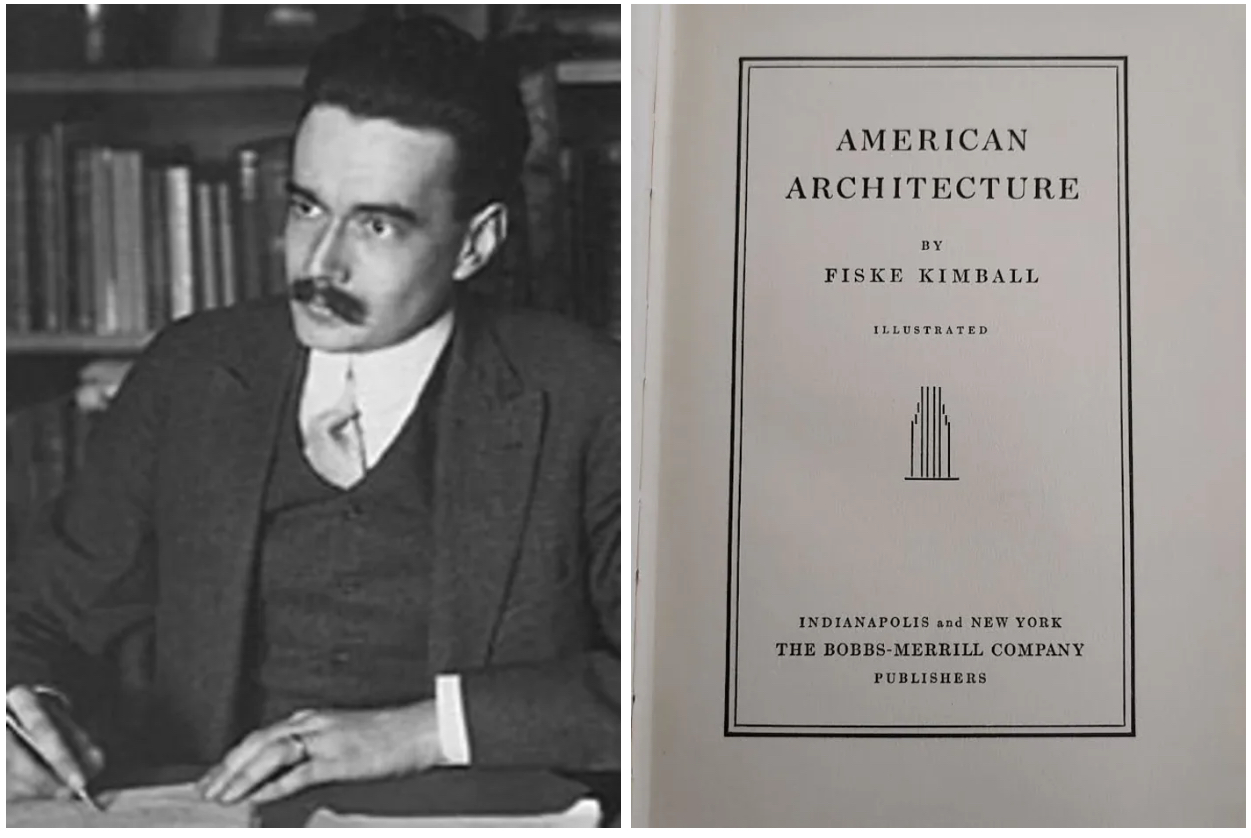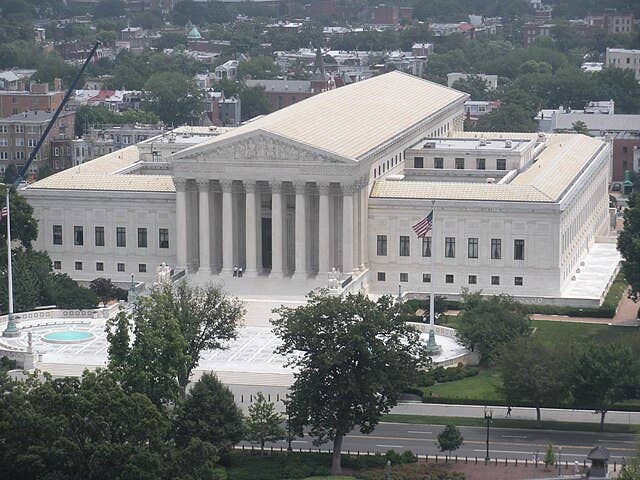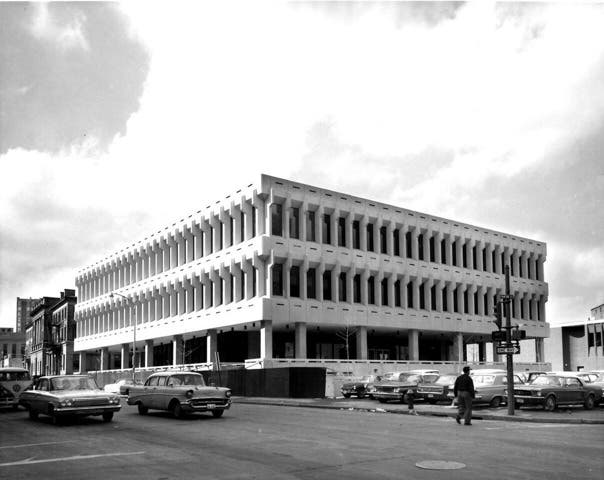
David Brussat
The Fogarty’s Demise: Not So Hard to Say Yes to Beauty

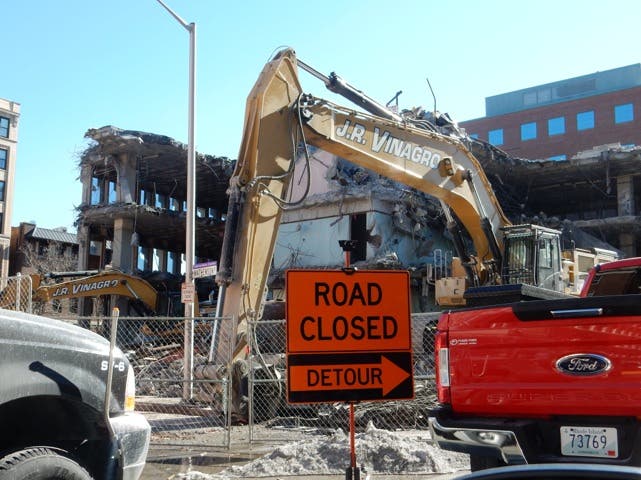
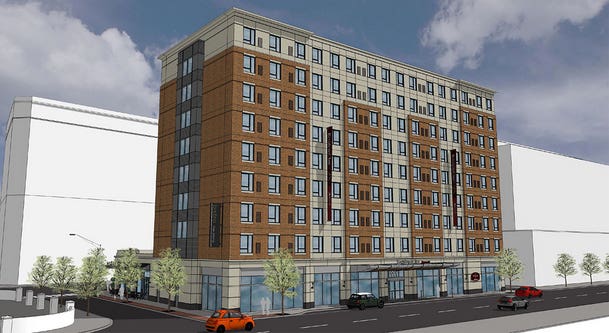
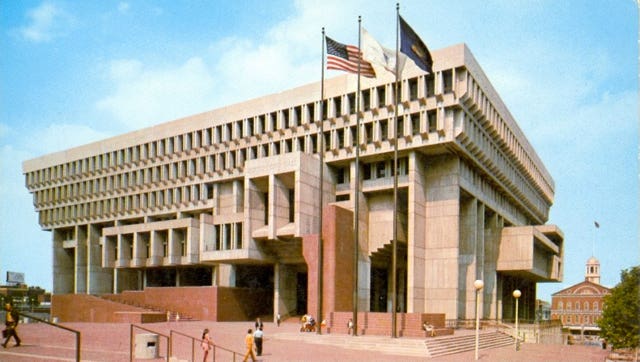
The last of the Fogarty Building’s string of public tenants exited the building in 2003, and it has been in the crosshairs of prospective demolition ever since. A decade ago, in 2007, a major hotel project in downtown Providence was on pause, awaiting its demolition. The Fogarty was an eyesore pure and simple, a white elephant radiating bad vibes even before deterioration began to set in. So let ’er rip, right? Well, not so fast. Preservationists wanted to save the building.
The Fogarty Building has been described as historic. Its style is known as Brutalism, from the French béton brut, or exposed concrete. The Penguin Dictionary of Architecture describes Brutalism as concrete “handled with an overemphasis on big chunky members which collide ruthlessly.” Just so. The Fogarty’s sheer brutality argued a lot more strongly for its demolition than its brief history argued for its preservation. In 2007 it still had a decade to age before the claims of preservation would kick in. And in fact, with its orderly, line-of-march fenestration, the Fogarty is a far lamer exemplar of Brutalism than the infamous Boston City Hall.
Still, the demolition of the Fogarty would have been acceptable only if its replacement were going to make Providence lovelier. Not a very high bar, to say the least. But as matters stood in 2007, it was to be replaced by a building that would further erode the city’s historic beauty.
Duncan Pendlebury, of Jung/Brannen Associates, the architect of the hotel proposed for the Fogarty site, and Tom Niles of the Procaccianti Group, its developer, addressed a meeting hosted by the Downtown Neighborhood Alliance in the Cosmopolitan, a 1915 office building whose new condos overlooked the Fogarty. Niles and Pendlebury attempted to sugar-coat the proposed design, and tried to explain the challenge of fitting any design into an area where neither old nor new buildings dominate. They argued for speed in moving the project forward.
I attended that meeting, and argued that the way to fast-forward the project was to promise to build something better. In Providence, the project was more likely to get off the dime if the developer opted for a traditional over a modernist style.
The challenge of designing within an incoherent setting is less complicated than meets the eye.
If the nearby architecture does not offer a clear solution, then it must be sought in the broader civic context. Redefine the context away from its current hodge-podge and toward coherence. The proper direction is as obviously traditional in Providence as it would be modernist in Houston.
In fact, the Downcity (later renamed the Downtown) Design Review Commission, which oversees the city’s downtown development, was then and is now by law responsible for promoting development that protects downtown’s historical character.
The aesthetic case for Providence to encourage new buildings in traditional styles is not just legal but ironclad. Yet the practical rationale for a developer to adopt such a design strategy if it wants to get a move on is even more compelling.
At every juncture of the design review process, a small set of intelligent, dedicated and well-connected opponents can use legal and political tactics to delay and derail a project. A design seen as ugly by the public girds up opponents whose critique, on other grounds, might lack merit. But a pleasing project can neutralize opposition, and provide cover for city officials under pressure to find reasons to stall.
In short, giving the public what it prefers is easier than forcing it to accept what it doesn’t. Advocates of beauty should throw that fact in the face of the official development apparatus. The design elites who dominate the review panels will grind their teeth but won’t dare kill such projects.
In 2007, this should have been clearer to nobody more than to architect Pendlebury. Since 2003, when a temporary high school vacated the premises, he had been the designer for a series of proposals at this same site. The development group then was led by Rhode Island State Rep. Vincent Mesolella, Jr. In spite of his powerful position in the leadership of the Rhode Island General Assembly, those projects, modernist in design, fell through again and again.
And yet the same Pendlebury was also the architect who designed the nearby Westin Hotel addition for the Procaccianti Group in a traditional style. It was approved swiftly, despite the Procacciantis’ own controversial acquisition of the original hotel from the state. The addition was completed swiftly and without the hurling of brickbats.
If the versatile Pendlebury had produced lovable designs for Mesolella’s projects, would they have survived the palpable eagerness for state subsidies that so irked the public? It’s hard to say. The highly controversial Providence Place mall, in downtown Providence, survived a grueling and hostile process - and state subsidies - largely on the strength of its looks. It was completed in 1999, and has been a successful shopping mecca and source of state sales tax revenue now for almost two decades. The record suggests that public affection for a proposed building, while difficult to measure and subtle in its operation, can be a vital ally in the development process.
If developers really want to build their buildings, they have got an easy decision to make. This is as true today as it was a decade ago, or two decades ago. The Fogarty was demolished last month a year after the latest developer changed his plan for its replacement from a modernist to a traditional hotel design. Easy as that.
For 30 years, David Brussat was on the editorial board of The Providence Journal, where he wrote unsigned editorials expressing the newspaper’s opinion on a wide range of topics, plus a weekly column of architecture criticism and commentary on cultural, design and economic development issues locally, nationally and globally. For a quarter of a century he was the only newspaper-based architecture critic in America championing new traditional work and denouncing modernist work. In 2009, he began writing a blog, Architecture Here and There. He was laid off when the Journal was sold in 2014, and his writing continues through his blog, which is now independent. In 2014 he also started a consultancy through which he writes and edits material for some of the architecture world’s most celebrated designers and theorists. In 2015, at the request of History Press, he wrote Lost Providence, which was published in 2017.
Brussat belongs to the Providence Preservation Society, the Rhode Island Historical Society, and the Institute of Classical Architecture & Art, where he is on the board of the New England chapter. He received an Arthur Ross Award from the ICAA in 2002, and he was recently named a Fellow of the Royal Society of the Arts. He was born in Chicago, grew up in the District of Columbia, and lives in Providence with his wife, Victoria, son Billy, and cat Gato.



